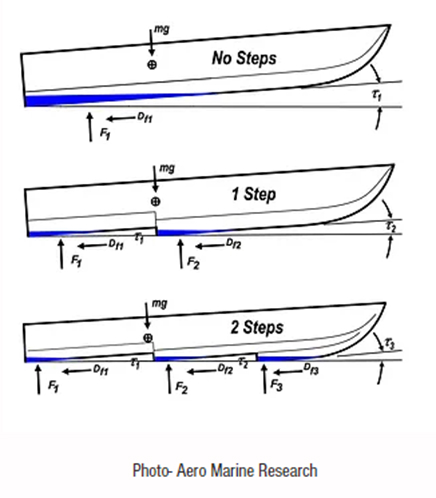Computer simulations, known as Computational Fluid Dynamics (CFD), have revolutionized naval architecture.
CFD enables the optimization of hull designs by providing data that would not be accessible through real-world prototyping.
For the Catch 27 Crossover, we utilized CFD to think outside the box and develop unique design features aimed at enhancing passenger comfort and performance, all while maintaining the versatility of a shallow draft necessary for a multi-purpose fishing boat. We began with conceptual sketches, which were then translated into detailed digital models and uploaded to the CFD software.

The CFD simulations meticulously scrutinize water flow around the hull, assessing performance across various conditions. Whether running the boat in rough bay chop or executing high-speed turns, we gathered thousands of data points.

